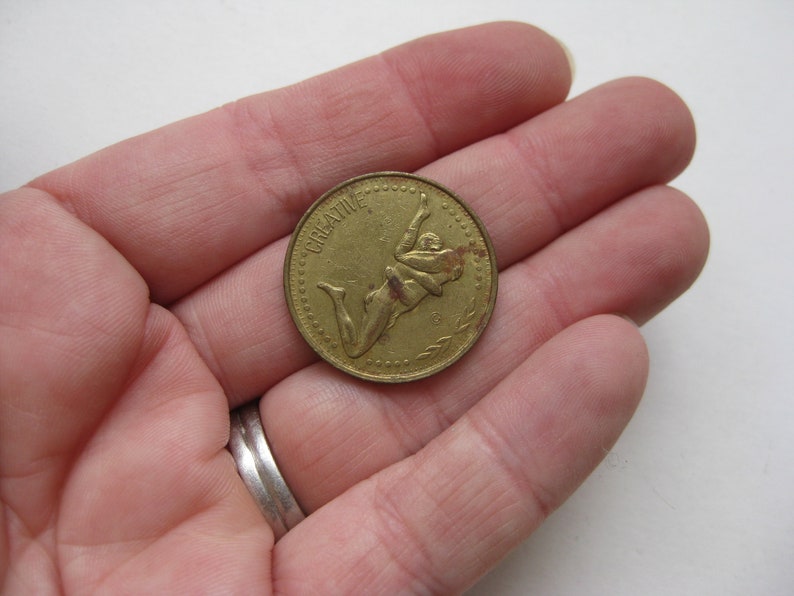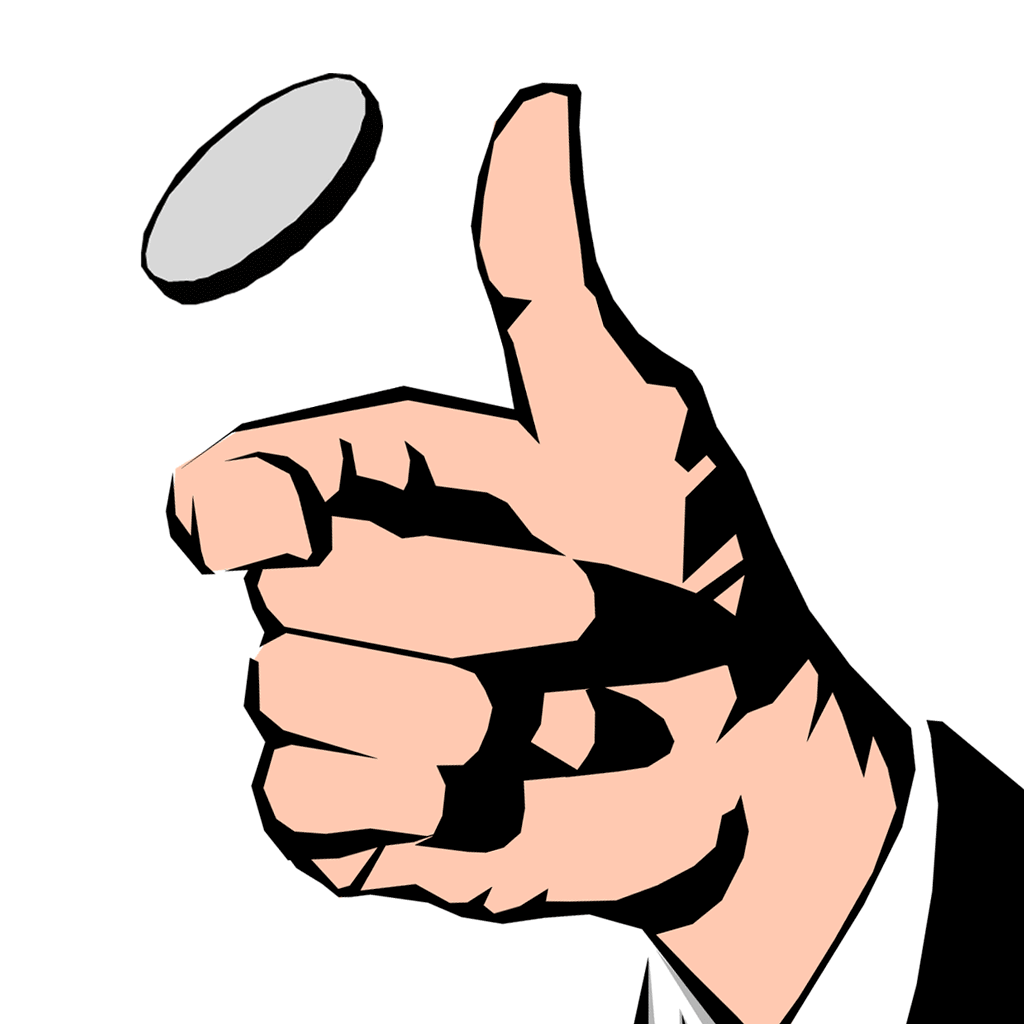
If the coin is tossed and allowed to clatter to the floor, where it spins, as will sometimes happen, the above spinning bias probably comes into play.So, to promote fairness, let the coin clatter on the floor before scooping it up. If the coin is tossed and allowed to clatter to the floor, this probably adds some randomness to the toss.In other words, no spinning if you want to play fair – only tossing. Spun coins can exhibit “huge bias” (some spun coins will fall tails-up 80% of the time). If the coin is spun, rather than tossed, it can have a much higher than 50% chance of ending with the heavier side down.(If it starts out as heads, there’s a 51% chance that it will end as heads). If the coin is tossed and caught, it has about a 51% chance of landing on the same face from which it was launched.Here are some of the observations and inferences from their experiment: The researchers published a 31-page report of their experiment, which you can see here. The experiment was conducted with motion-capture cameras, random experimentation, and an automated “coin-flipper” that could flip the coin on command. To figure out the fairness of a coin toss, Persi Diaconis, Susan Holmes, and Richard Montgomery conducted research study, the results of which will entirely change your view. They are robbing you not only of your money, but more importantly, your chance of a fair game. So, you may think that you’re having a bad day of luck, but your opponent may just be trained to toss coins accurately. You should know that some people can train their fingers to flip a coin in such way that only the desired face comes up every time they toss it. However, there is a more intentional way of manipulating the odds. They can even house bacteria! All these factors, though, at a very small level, are capable of removing the fairness from the process. In the process, coins suffer a lot of wear-and-tear, scratches, and dents. That is one aspect to consider, but apart from this, think about how often a coin changes hands. First of all, newly minted coins are almost always born with some imperfections and fabrications that may affect the perfectness of the coin’s geometry. In regular coin tosses, where normal coins are used, those even odds can change. It can be assumed that one can ensure quality in those coins, but what other factors influence the odds?

Even today, most “high-profile” coin tosses make use of custom-made coins. In ancient times, special coins were made to settle important conflicts.

Come on! A coin toss is the fairest way to resolve a dispute. Right? How could it not be?Īctually, the process is so amazingly easy, quick, and absolute that it doesn’t leave even a shred of doubt. The name ‘heads or tails’ became frequently used because a head and a tail are considered to be the two body parts located at opposite ends of each other. Romans used to call the game of coin tossing navia aut caput (“ship or head”), while the British called it ‘ cross and pile‘. In ancient times, the result of a coin toss was considered to be an expression of divine will. Although coin tossing is widely seen in day-to-day life, it has made its way into official and international platforms as well.


 0 kommentar(er)
0 kommentar(er)
